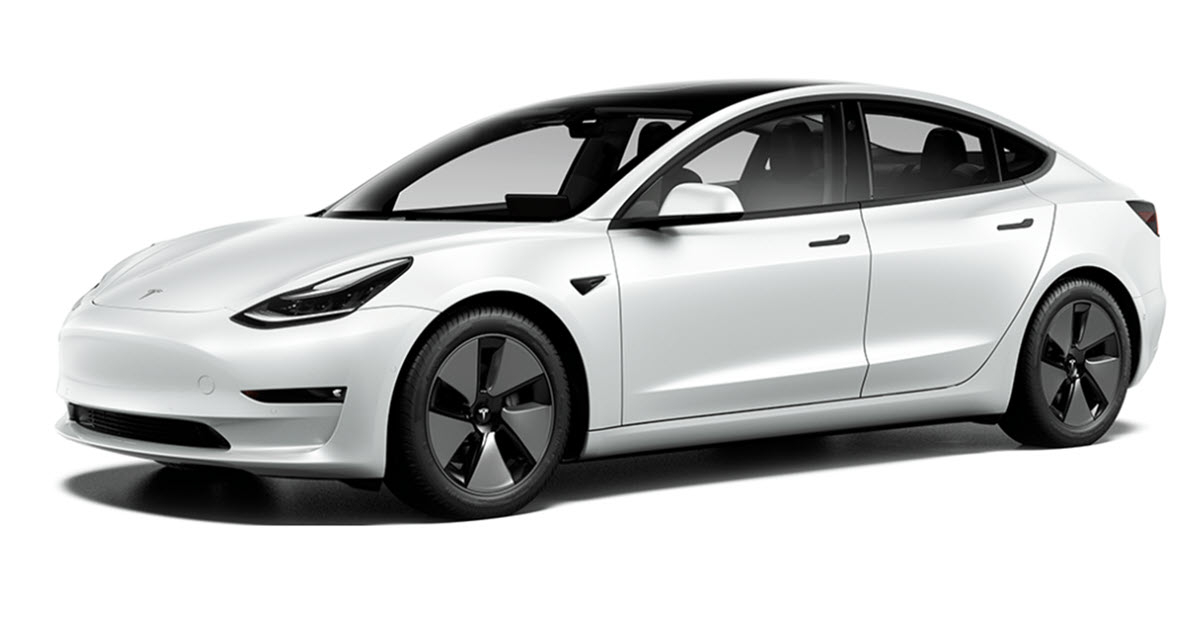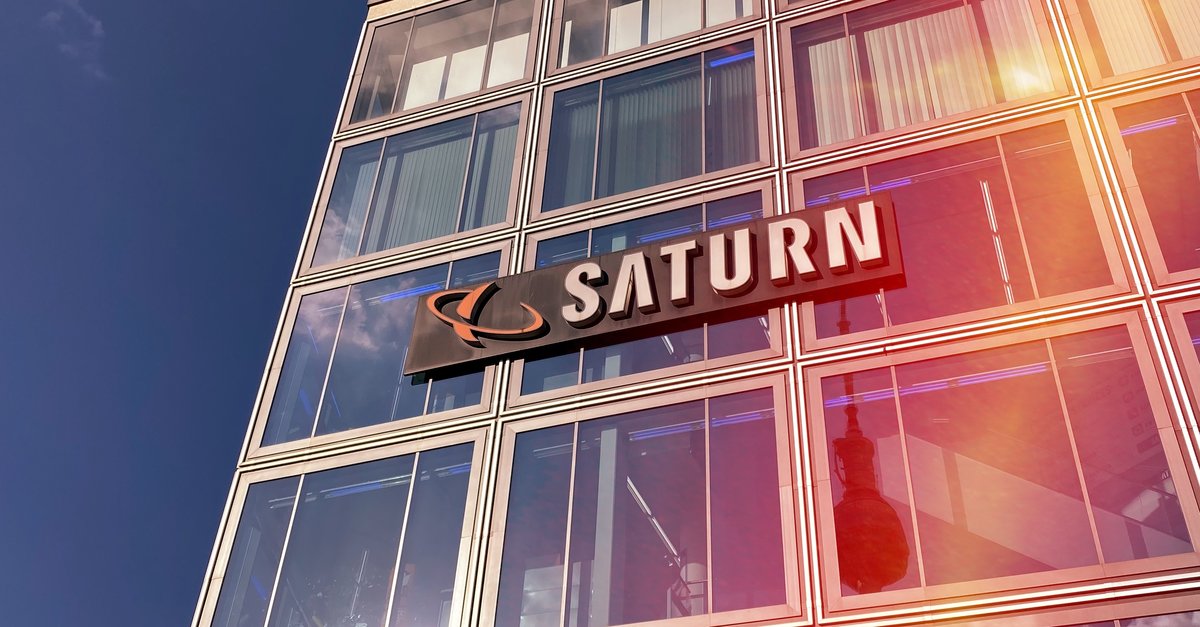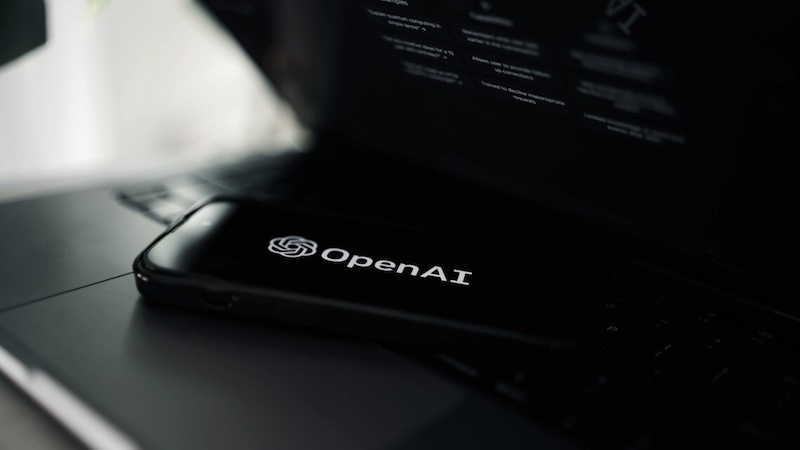Tesla reveals details about specialty Tesla Glass for the first time
The 2020 Tesla Model 3. (Screenshot: t3n)
In a video, Tesla revealed details of its special glass, which it has been developing since 2016, for the first time. Tesla Glass is used in both electric cars and solar roof tiles.
Almost exactly five years ago, the US media reported for the first time about a project at Tesla in which the electric car manufacturer was supposed to deal with glass. As head, Tesla relied on Mike Pilliod, who was previously jointly responsible for the development of materials at Apple. Since the Tesla project was apparently classified as top secret, there was no further information about Tesla Glass for a long time. Until Tesla used it in its Model 3 reissue in 2020. Now Pilliod has revealed details about the Tesla Glass in a video.
Tesla has given the video the title The Secret to a Quiet Cabin, which already suggests what it is mainly about. In it, Pilliod shows how Tesla has managed to design the window glass of the driver’s cab in the new versions of the Model 3 in such a way that hardly any sound penetrates inside when it is closed. This is due to the fact that Tesla places two layers of glass on top of one another with Tesla Glass and places a sound-absorbing material in the space between them, such as Electrek reports.
During the demonstration of this feature in the video, Pilliod closes the windows of the Model 3 in a noisy environment in the so-called Glass Technology Center in Los Angeles – after which no noises can be heard afterwards. Pilliod thinks the noise-reducing windows are “one of the coolest things” Tesla has put in every one of its vehicles. However, the fact that the panoramic roof on the Model 3 extends from the windscreen to the rear created additional challenges. The glass had to be durable enough to withstand accidents, as Pilliod explains.
It should also offer protection against solar radiation. Accordingly, the glass protects the occupants 99 percent against UV radiation. And there was one more challenge to be solved. Because the cameras used for the autopilot are behind the windshield. So Tesla had to make sure that the glass would not be a problem for the cameras like that due to distortion and warping Futurezone writes.



